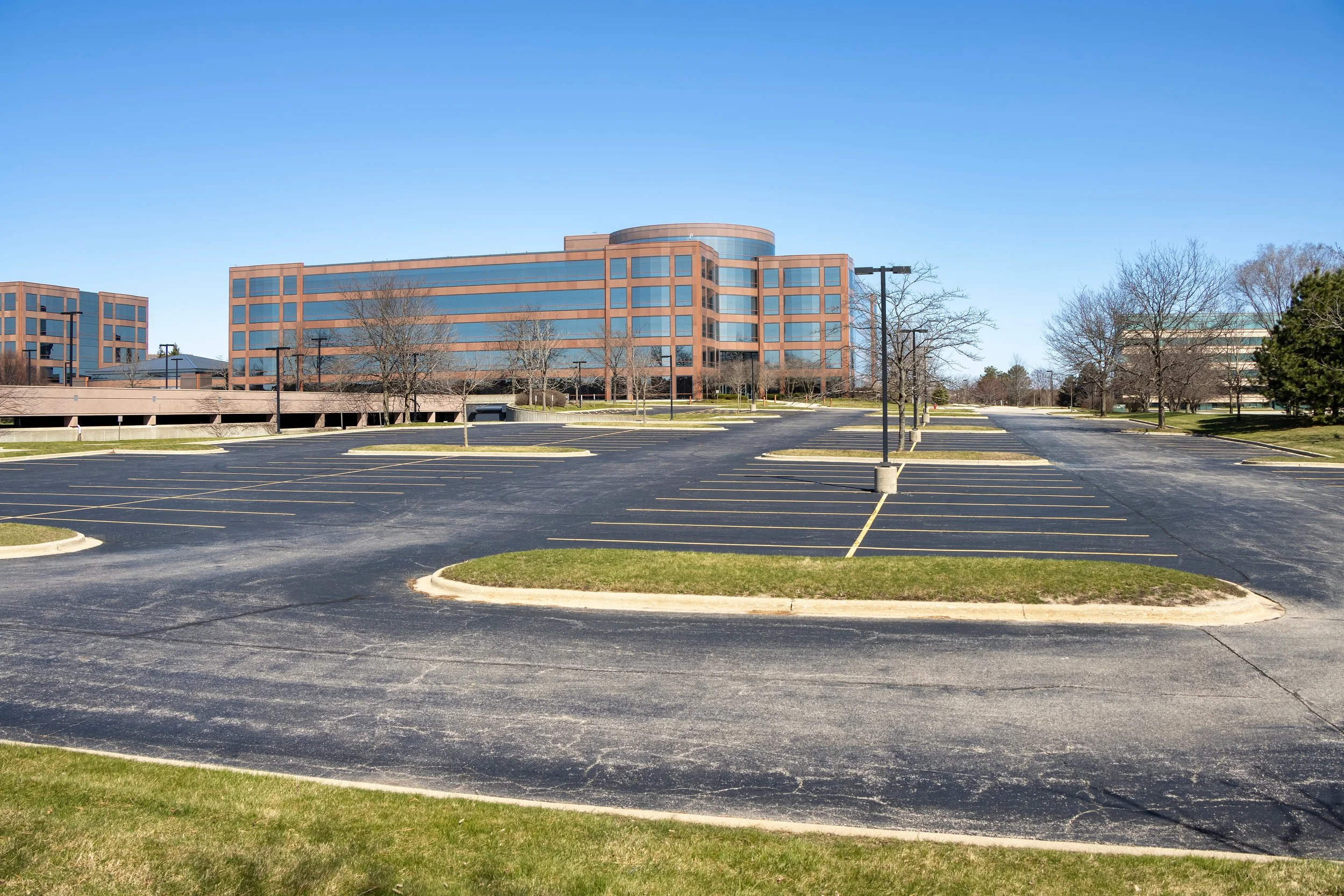5 Major Benefits of VRF Systems
Benefits of VRF HVAC Systems in Commercial Buildings
Variable Refrigerant Flow (VRF) systems are perfect for managing temperature in multiple areas, even when each space has different climate needs. These highly efficient systems are specifically designed to allow some units to heat while others cool simultaneously. This ensures consistent comfort throughout your building, keeping energy bills low and your employees comfortable and happy.
As energy costs continue to rise, VRF systems offer significant advantages for commercial buildings. In this article, we’ll highlight the top 5.
1. Quiet Operation
Who doesn’t love a workplace free from noisy distractions? While we can’t help eliminate every noise; a VRF system can certainly help by not adding to them. These powerful units are designed with peace and quiet in mind.
Enjoy a quieter workspace with fewer distractions.
So, how do they pull off a system that can offer so much yet produce such little sound? Well, since the condensing unit of a VRF system is located on the outside of the building. That means only the air handlers need to be placed in the building’s interior. These air handlers produce sound levels between 19 and 34 decibels; about the same sound level as a quiet library. While the outdoor units operate at levels as low as 58 decibels, no louder than the average conversation. Keeping all of that excess noise outside while still preventing you from becoming the noisy neighbor.
2. Simultaneous Heating & Cooling
Easily one of the coolest benefits of having a VRF system installed is the ability to heat and cool different areas of your building simultaneously. This ability coupled with the increased connectivity of VRF systems gives building owners better control over their HVAC usage.
VRF systems capture the heat recovered from the cooling process rather than waste it. It will then redistribute that excess heat to an area of your building that may be needing it.
VRF systems don’t just provide consistent comfortable temperatures. They’re also incredibly energy efficient. This is because a VRF system doesn’t need to work harder in order to make up for uneven temperatures in other areas of a building like a traditional HVAC system might.
3. Improved Energy Efficiency
One of the most immediate benefits of adding a VRF HVAC system to your building is the energy savings it provides. In fact, VRF systems can increase energy efficiency by up to 40-50%, compared to a traditional HVAC system. Something your wallet and the environment will surely thank you for.
Simply put, Variable Refrigerant Flow (VRF) systems use less energy. This is due to the fact that they will only use the exact amount of cooling necessary. Reducing overall energy consumption.
But that’s not all, because it is easier for building managers to create dedicated zones for heating & cooling VRF systems put the power back into your hands by allowing you to better control your overall HVAC usage. This is far more efficient than a traditional HVAC system. Partly because VRF systems help you avoid the costly expense of excess energy that is needed in trying to meet all of your building’s temperature needs with a centralized system. They are able to do this by capturing and reusing the heat generated during the cooling process rather than wasting it.
4. Improved Versatility
VRF systems have excellent versatility. This makes them especially useful for a retrofit, redesign, or system replacement solution within an existing commercial building. They are also relatively compact. Because of this, architects, engineers, building owners, and HVAC professionals have a wide range of options for maximizing usable space.
VRF systems have fewer components; giving your wallet a break by reducing the initial equipment costs.
Their refrigerant lines have a smaller diameter and are far easier to install than the long duct lines that are required for traditional HVAC systems. This means that not only are the commercial applications for VRF systems practically unlimited; but they have reduced labor costs too. Making them a perfect solution for hospitals, schools, universities, manufacturing facilities, and historic building renovations.
5. Fewer Breakdowns & Lowered Costs
VRF systems don’t just provide lower costs for building operations, installation, and maintenance. They have fewer breakdowns too. By operating only when needed and under partial load conditions; VRF systems effectively reduce the wear and tear on their mechanical parts.
Due to their design. VRF systems reduce wear and tear on their mechanical parts. Resulting in fewer breakdowns.
But that’s not the only way VRF systems can help to keep overall costs lower. Because of the specific way that they are designed; individual air handlers can be replaced independently. This helps to minimize disruptions to the entire system when addressing necessary repairs.
Contacting a Qualified Professional
VRF is quickly becoming a preferred method of heating & cooling for commercial building owners. Therefore it’s important to ensure that HVAC technicians are properly trained to keep up with this rapidly changing technology. If you are considering upgrading to a VRF system in your commercial building you should reach out to a trained, knowledgeable HVAC professional like the ones at Air Dynamics HVAC. They can help advise you of the costs and whether or not VRF is the right solution for your building’s needs. As always if you have any questions please feel free to reach out to us anytime at (215) 571-9471. One of our knowledgeable professionals will be happy to help address any questions you may have regarding VRF HVAC technology.

